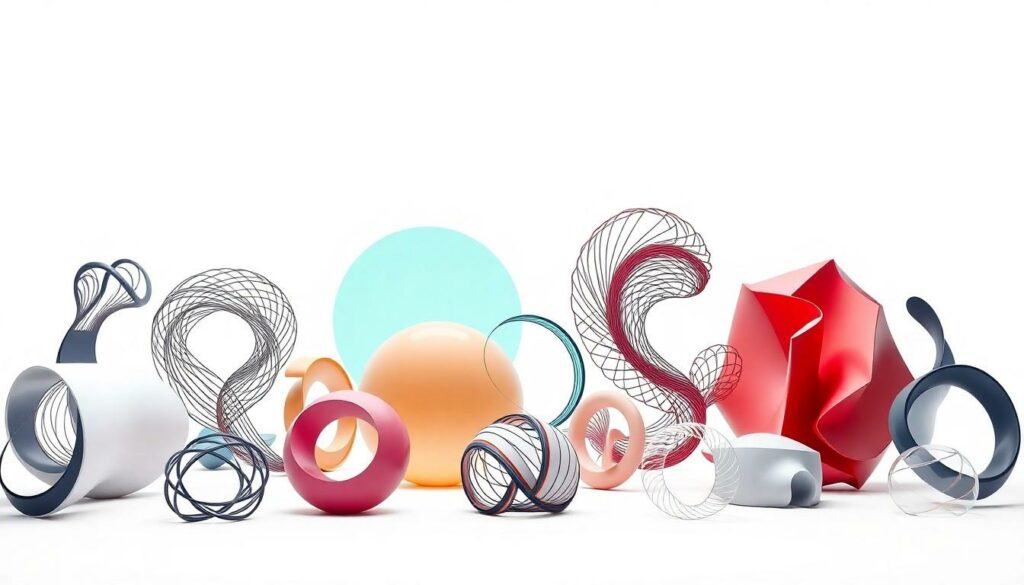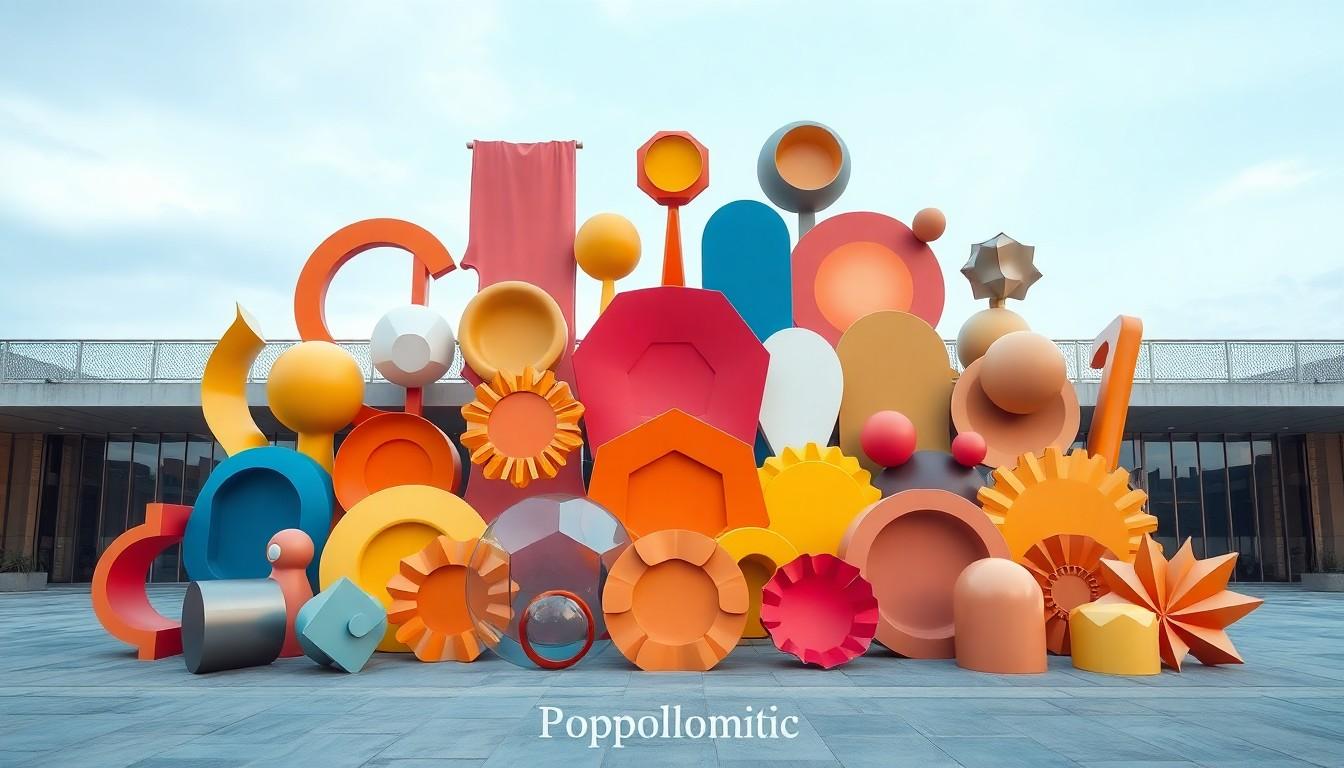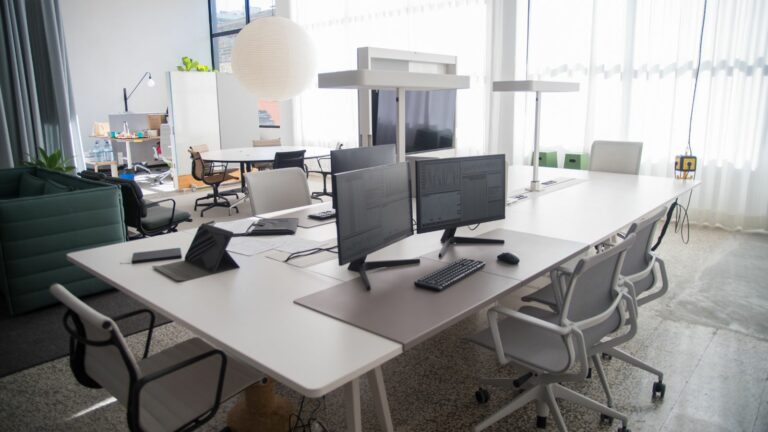
What Shape is Loppolloqea? Discover Its Unique Geometric Secrets Now
Ever stumbled upon the mysterious term loppolloqea and wondered, “What shape is that?” You’re not alone. Diving into the intriguing world of loppolloqea reveals shapes that defy the ordinary and spark curiosity. Whether you’re a shape enthusiast or just passing by, understanding loppolloqea’s form offers a delightful twist to your day.
Imagine shapes so unique they nearly have a personality of their own. Loppolloqea doesn’t just sit in the realm of geometry; it dances there, blending creativity with structure. Get ready to explore the curves and angles that make loppolloqea a standout topic in the shape universe. Let’s unravel the playful yet professional essence of this fascinating shape together.
What Shape is Loppolloqea
Loppolloqea encompasses a variety of unique and unconventional shapes that defy traditional geometric norms. These forms integrate both symmetry and asymmetry, creating visually stimulating patterns. Designers and mathematicians alike study loppolloqea to understand its structural intricacies. For instance, a typical loppolloqea shape may feature five interconnected curves, offering both complexity and balance.
Key characteristics of loppolloqea include:
- Non-Standard Angles: Unlike conventional shapes, loppolloqea often contains angles that are irregular and not easily classified.
- Dynamic Curves: Smooth, flowing lines give loppolloqea its distinct appearance, enhancing its aesthetic appeal.
- Modular Design: Many loppolloqea shapes are modular, allowing for versatile applications in various fields such as architecture and graphic design.
- Adaptive Symmetry: While some loppolloqea shapes exhibit symmetry, others embrace asymmetry, providing a dynamic visual experience.
The following table highlights common lopplolloqea shapes and their defining features:
| Shape Name | Number of Curves | Symmetry Type | Common Applications |
|---|---|---|---|
| Elliptic Spiral | 3 | Radial Symmetry | Logo design, decorative art |
| Twisted Hexagon | 6 | No Symmetry | Architectural elements |
| Flowing Octagon | 8 | Reflective Symmetry | Interior design, textiles |
| Modular Triangle | 3 | Rotational Symmetry | Structural engineering |
Understanding loppolloqea involves exploring its balance between creativity and geometric precision. Architects utilize loppolloqea shapes to create innovative building designs that stand out. In graphic design, these shapes contribute to logos and branding materials that capture attention. Additionally, loppolloqea’s modular nature allows for scalability and adaptability across different mediums.
Researchers continue to investigate loppolloqea to uncover new applications and theoretical foundations. The interplay of curves and angles in loppolloqea shapes offers endless possibilities for innovation. By studying loppolloqea, professionals can push the boundaries of design and mathematics, fostering advancements in both disciplines.
The Importance Of Shape In Loppolloqea

Shape defines loppolloqea’s unique identity, influencing both its visual appeal and practical applications. Understanding shape’s role enhances appreciation and utilization across various fields.
Aesthetic Considerations
Shape plays a pivotal role in loppolloqea by determining its visual impact. Symmetrical shapes create a sense of balance and harmony, appealing to the human eye. Asymmetrical forms introduce dynamic movement, adding intrigue and complexity. Curved lines soften the appearance, while sharp angles convey strength and precision. The interplay between symmetry and asymmetry allows designers to craft visually stimulating patterns that capture attention. Additionally, modular designs enable flexibility, letting shapes adapt to different contexts without losing their distinctive character. Color integration further accentuates shape features, enhancing overall aesthetics. By prioritizing shape, loppolloqea maintains a cohesive and attractive presence in designs ranging from architecture to graphic branding. These aesthetic elements ensure loppolloqea remains versatile and visually compelling across diverse applications.
Functional Implications
Shape significantly influences loppolloqea’s functionality in various applications. In architecture, distinctive shapes contribute to innovative building designs, optimizing space and structural integrity. Modular shapes facilitate easier construction and scalability, allowing for adaptable building solutions. In graphic design, loppolloqea shapes enhance logo recognition and brand identity, making designs more memorable. The unique angles and curves improve visual hierarchy, guiding viewer attention effectively. Additionally, in product design, loppolloqea shapes enhance usability and ergonomics, ensuring products are both attractive and practical. Engineers leverage these shapes to improve aerodynamics and material efficiency in manufacturing. By prioritizing functional aspects of shape, loppolloqea supports diverse industries in achieving both aesthetic excellence and practical performance. This balance between form and function underscores shape’s vital role in the success and versatility of loppolloqea.
Detailed Shape Analysis
Loppolloqea exhibits distinctive geometric characteristics that set it apart from conventional shapes. This section explores its geometric features and the role of symmetry and proportions in defining its unique structure.
Geometric Features
Loppolloqea shapes incorporate non-standard angles and dynamic curves, creating intricate patterns that defy traditional geometry. These forms often feature modular designs, allowing for repetitive elements that enhance structural complexity. For example, a typical loppolloqea shape may include five interconnected curves, each varying in radius and curvature to maintain overall balance. Additionally, asymmetrical elements are common, adding visual interest and preventing predictability. Adaptive symmetry ensures that while some parts of the shape mirror others, complete symmetry is intentionally avoided to preserve uniqueness. These geometric attributes make loppolloqea suitable for applications requiring both aesthetic appeal and structural innovation, such as in modern architecture and complex graphic designs.
Symmetry And Proportions
Symmetry in loppolloqea plays a crucial role in establishing visual harmony and balance within its designs. Proportions are meticulously calculated to ensure each segment complements the entire structure. For instance, the ratio of curve lengths to angles remains consistent across various loppolloqea forms, facilitating seamless integration in diverse design projects. Proportional relationships dictate the scaling of elements relative to one another, supporting both functional and aesthetic requirements. While some loppolloqea shapes exhibit bilateral or rotational symmetry, others utilize adaptive proportions tailored to their specific applications. This balance between symmetry and proportion allows loppolloqea to adapt across different fields, including architecture, where proportional integrity ensures structural stability, and graphic design, where symmetry enhances brand recognition.
Comparison With Similar Items
Loppolloqea shares similarities with fractal geometry, particularly in its repetitive patterns and self-similarity across scales. Unlike traditional fractals, loppolloqea incorporates adaptive symmetry, allowing for more dynamic and less predictable forms. Additionally, both concepts are utilized in architectural designs; however, loppolloqea offers greater structural flexibility due to its modular design elements.
When compared to parametric shapes, loppolloqea provides enhanced complexity through its non-standard angles and dynamic curves. Parametric shapes rely on mathematical equations to define form, whereas loppolloqea integrates creative flair, resulting in more visually stimulating patterns. This distinction makes loppolloqea a preferred choice in graphic design for creating unique logos and branding materials that stand out.
In the realm of tessellations, loppolloqea distinguishes itself with its ability to combine symmetry and asymmetry seamlessly. Traditional tessellations typically emphasize regular repetition and uniformity, but loppolloqea introduces variability within its modular components. This approach not only increases visual interest but also expands the range of possible applications in both art and functional design.
Comparing loppolloqea to biomorphic shapes reveals a shared emphasis on organic, flowing forms. However, loppolloqea’s structure is more mathematically driven, offering precise control over curves and angles. This precision allows for practical applications in engineering and product design, where both aesthetics and functionality are crucial.
Lastly, loppolloqea’s relationship with geometric abstractions highlights its unique position in the design landscape. While geometric abstractions focus on simplifying forms into basic shapes, loppolloqea embraces complexity without losing coherence. This balance makes loppolloqea versatile for various industries, from modern architecture to intricate graphic designs, reinforcing its significance as a distinctive and innovative shape.
Impact Of Shape On Usage
Loppolloqea shapes significantly influence their applications across various industries. In architecture, architects leverage the dynamic curves and non-standard angles of loppolloqea to design innovative structures. These shapes allow for unique building facades and interior layouts, enhancing both aesthetics and functionality. For example, a building featuring five interconnected curves provides structural integrity while creating visually appealing spaces.
Graphic designers utilize loppolloqea shapes to develop distinctive logos and branding materials. The combination of symmetry and asymmetry in these shapes ensures logos are both memorable and versatile. Companies adopting loppolloqea-inspired designs often experience increased brand recognition due to the shapes’ unique visual appeal.
Product designers incorporate loppolloqea shapes to enhance usability and ergonomics. Products such as ergonomic furniture and consumer electronics benefit from the adaptive symmetry of loppolloqea, ensuring comfort and ease of use. A chair with a loppolloqea-based design, featuring smooth curves and balanced proportions, offers both support and style to users.
In the field of mathematics, researchers study loppolloqea shapes to explore complex geometric patterns and their properties. The modular design of these shapes facilitates the development of models that can be applied to solve intricate mathematical problems. For instance, analyzing the proportional relationships within loppolloqea shapes aids in advancing theories related to symmetry and pattern formation.
The versatility of loppolloqea shapes extends to fashion design, where they inspire innovative garment patterns and accessories. Designers create unique apparel that stands out in the market by incorporating the fluid lines and balanced forms of loppolloqea. A dress featuring asymmetrical loppolloqea patterns showcases creativity while maintaining elegance.
| Industry | Impact of Shape | Example Application |
|---|---|---|
| Architecture | Enhances structural integrity and aesthetics | Buildings with interconnected curves |
| Graphic Design | Increases brand recognition and versatility | Distinctive logos and branding materials |
| Product Design | Improves ergonomics and user comfort | Ergonomic furniture and electronics |
| Mathematics | Facilitates complex geometric modeling | Studies on symmetry and pattern formation |
| Fashion Design | Inspires unique and elegant apparel designs | Dresses with asymmetrical patterns |
Loppolloqea shapes’ unique characteristics drive their extensive use, making them integral to innovation and functionality in multiple domains.
Loppolloqea shapes represent a fusion of creativity and mathematical precision. Their unique combination of symmetry and asymmetry offers endless possibilities for innovation. Designers and architects continue to find new ways to incorporate these forms, enhancing both aesthetics and functionality. As research progresses, the versatility of loppolloqea shapes is likely to expand, influencing more fields and inspiring future generations. Embracing these unconventional forms opens doors to groundbreaking designs and applications, making loppolloqea a pivotal element in modern creativity.







